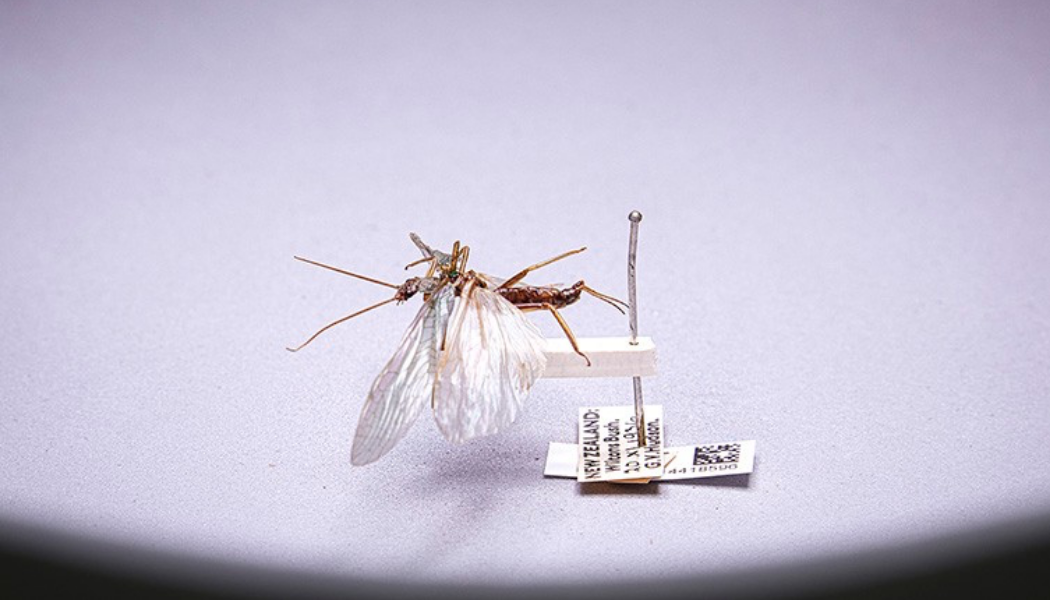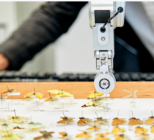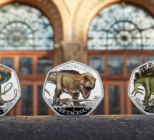The Natural History Museum has now added five million specimens to its free Data Portal, data.nhm.ac.uk, it has announced.
The milestone translates to around 6% of the Natural History Museum’s collection, which includes specimens such as tiny crop pests, and bats which it said could help scientists predict and prevent future pandemics.
The five millionth specimen to be digitised is Stenoperla prasine. The specimen is part of a project to digitise a group of freshwater insects in order to track the health of freshwater habitats. The museum said this latest project will aid research being undertaken by the International Union for Conservation of Nature (IUCN) to track the distribution and assess the species’ vulnerability to extinction.

Last year it was announced that the complete digitisation of the Natural History Museum’s 80 million objects has the potential to see a tenfold return on investment to the economy.
In October 2021, economic consultants Frontier Economics forecast that online access to the museum’s entire collection could create in excess of £2 billion in economic benefit across sectors over 30 years. At the time of the forecast, the museum had digitised and published 4.93 million specimens.
Helen Hardy, Science Digital Programme Manager at the Natural History Museum said reaching 5 million specimens was a “huge landmark for us and the combined effort of many digitisers, curators, researchers, data managers and others”.
Hardy said the digitised collections have helped establish the baseline plant biodiversity in the Amazon, found wheat crops that are more resilient to climate change, and support research into the potential zoonotic origins of Covid-19.
Since 2015, more than 30 billion records have been downloaded from the Data Portal and partner platforms like the Global Biodiversity Information Facility (GBIF), and more than 1500 research papers have cited these data.










